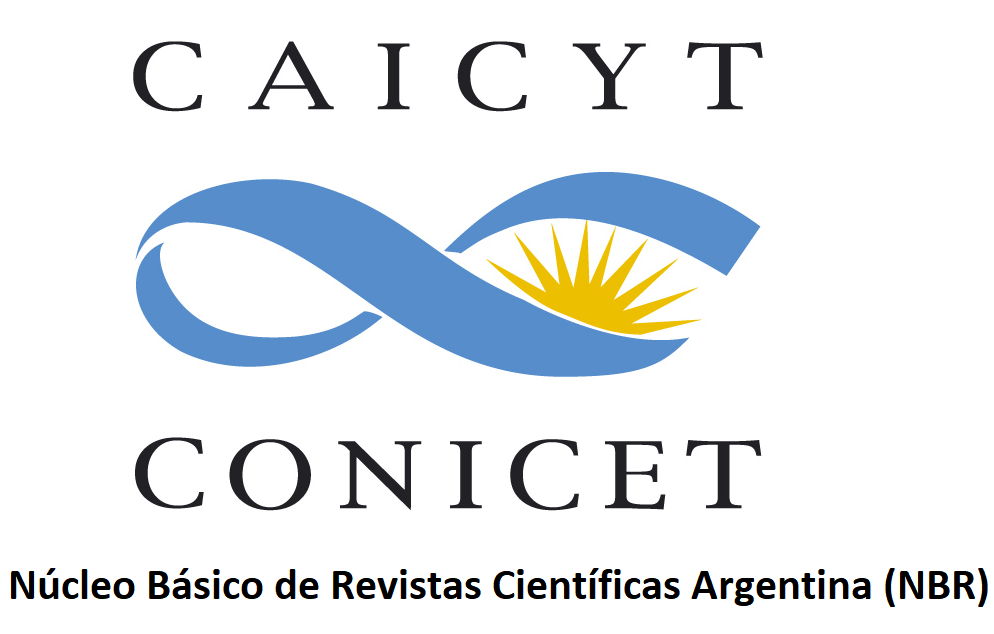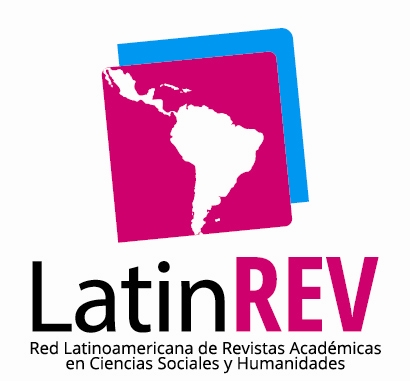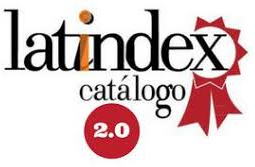An energy-saving model for service-oriented mobile application development
Resumen
The development of mobile applications that combine Web Services from different providers --also referred as mashup applications-- is growing as a consequence of the ubiquity of bandwidth connections and the increasing number of available Web Services. In this context, providing higher maintainability to Web Service applications is a worth of matter, because of the dynamic nature of the Web. EasySOC solves this problem by decoupling mashups from application components. However, mobile devices have energy constraints because of the limitations in the current battery capacities. This work proposes a model that builds on the benefits of the EasySOC approach and improves this latter by assisting developers to select Web Service combinations that reduce energy consumption. We evaluated the feasibility of the model through a case study in which we compare the estimations provided by the model against real energy measurements and two handsets. The results indicated that our model had an efficacy of 81-85% for the analyzed case study.














